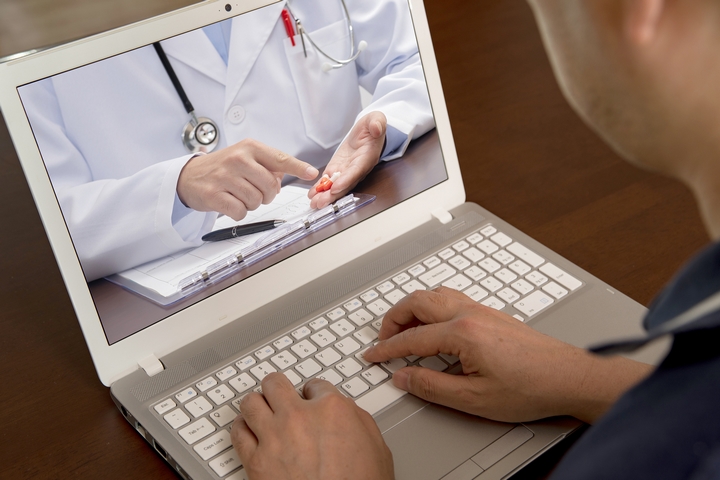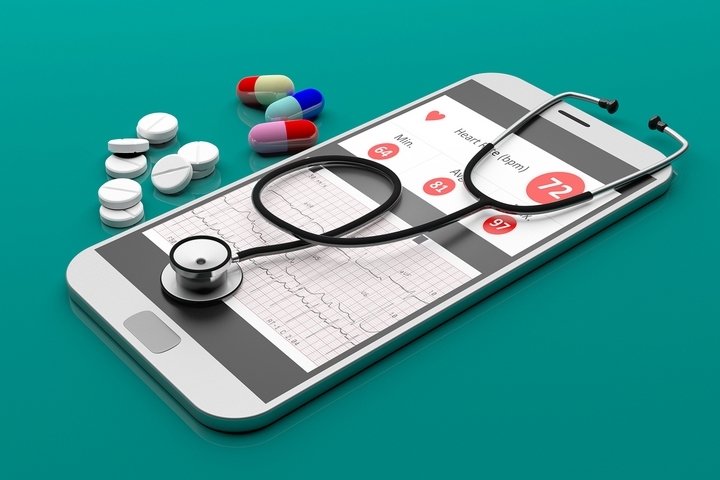In the medical world, there is a growing stream of demand for innovative treatment and technology. The healthcare sector is always looking for ways to provide efficient and convenient care for patients regardless of their location. Recently, the modern healthcare industry has developed various solutions, most notably in the field of telemedicine.
Telemedicine is becoming increasingly popular as a medical service. A variety of video communication platforms have been established to make implementing telemedicine services easier than ever and patients and practitioners alike are benefiting as a result.
In general, there are four main types of telemedicine services with a few sub-categories worth mentioning. The types of telemedicine are:
- remote monitoring
- store-and-forward
- real-time interactive services
- mobile health platforms.
Each type of telemedicine offers different pros and cons and is best suited for specific kinds of situation. When used appropriately, there are all sorts of ways that telemedicine services can improve the quality of healthcare. Here are seven different types of telemedicine services available:
Type #1: Remote monitoring

Remote monitoring is a type of telemedicine often referred to as self-testing or self-monitoring. This type of telemedicine consists mostly in using a variety of technological devices in order to remotely monitor clinical signs and health of a patient.
A vital resource for the management and treatment of many chronic diseases, remote monitoring is used broadly to treat patients suffering from diseases such as asthma, diabetes mellitus, and cardiovascular disease.
Extremely cost effective, remote monitoring means that the frequency of check-ups can be greatly increased and that typically leads to higher patient satisfaction.
Type #2: Store-and-forward

Today’s advanced technology has even made is possible for a practitioner to provide care without even having to necessarily meet a patient in person. Saving a huge amount of time, the smart use of technologies like bio-signals or medical images can be acquired from the patient. Then, they are simply stored or sent along to the specialist when needed.
This type of telemedicine allows medical professionals to make the most of their valuable time and to serve as many patients as possible, regardless of their location. The store-and-forward method has received a lot of focus and is particularly useful in fields of pathology, radiology, and dermatology.
Type #3: Real-time interactive services

If a patient requires immediate advice due to a change in their condition or because they are unsure of what to in a given situation, there are also interactive telemedicine services available. With a variety of different mediums available for this purpose, real-time interactive consulting can take place over the phone or online.
With these types of telemedicine, a medical history and consultation about presenting symptoms can be undertaken. This is followed by assessment similar to those usually conducted in face-to-face appointments.
Type #4: Teleneuropsychology

These types of telemedicine are used for patient who have, or are suspected of having, a neurological disorder. Teleneuropsychology includes consultation and assessment over the phone. As the practice has become more standardized, there are increasingly tried and tested techniques for assessing a patient via video technology.
Teleneuropsychology is proven to provide a feasible and reliable alternative to traditional in-person consultations. It is important the practitioner using this method is experienced with its best practices and strictly adheres to quality control principles.
Type #5: Telenursing and telerehabilitation

Also using consultation over the phone or through web technologies, telenursing and telerehabilitation make it possible for health care providers to do consultations in order to provide a diagnosis and monitor health symptoms and conditions.
With an increasing body of knowledge regarding what signs to look for and what questions to ask, telerehabilitation is having a good deal of success helping patients using video conferences and webcams.
Type #6: Telepharmacy

As the name suggests, telepharmacy provides remote pharmaceutical advice to patients in the event that it is not possible to have direct contact with a pharmacist. These types of telemedicine are important for patients who live in remote areas or who are facing reduced mobility. Telepharmacy offers the possibility of getting advice over the phone and providing a means for medications to be closely monitored.
Type #7: Mobile health platforms

Giving patients a more active role in monitoring their own health, the use of smartphone applications and wearable devices designed to help them track and improve various health indicators are becoming more and more popular.
This information can then be used both by the medical world more broadly, to identify and act on health trends and provide outgoing communication to the public, and more specifically, to inform treatment decisions for an individual patient.




